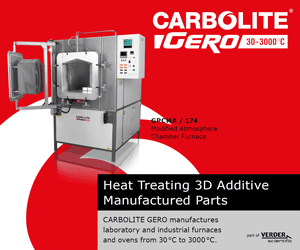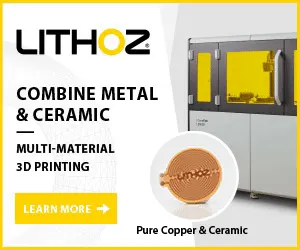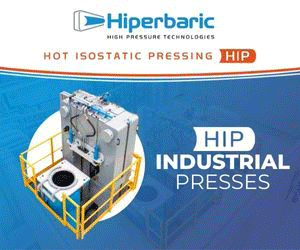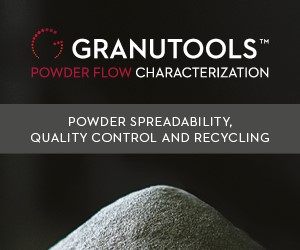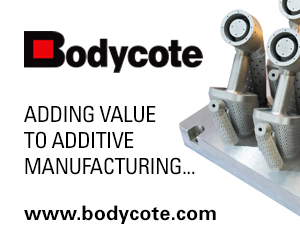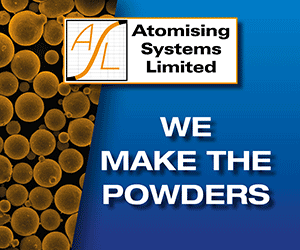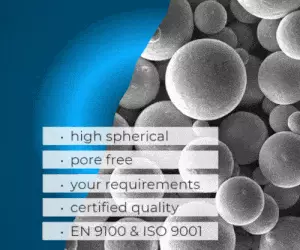Metal Additive Manufacturing, Vol. 1 No. 3 Autumn 2015
Prefer a PDF download? Click here
In addition to 30 pages of the latest industry news, this issue of Metal Additive Manufacturing magazine includes the following exclusive features:
The current status and outlook for metal Additive Manufacturing in Japan
Despite playing a significant role in the early development of Additive Manufacturing technologies, there is a belief in Japan that the country’s industry has fallen behind in the wider adoption of metal Additive Manufacturing. In this report for Metal Additive Manufacturing magazine Professor Hideki Kyogoku, of Kinki University, and a project leader of the country’s Technology Research Association for Future Additive Manufacturing (TRAFAM), reviews the history of the technology in Japan and its current status. He also presents the work being undertaken by TRAFAM on the development of the next generation of metal AM systems and materials.
View online | Download single page PDF | Download double page PDF
A story of failure and success in metal Additive Manufacturing: The reality of developing a titanium bike part
Metal Additive Manufacturing promises to enable smaller organisations to compete with global corporations in the development of new products. Expensive tooling and traditional production lines, it is suggested, need no longer be a barrier to market. As US-based designer and engineer Spencer Wright reveals in this insightful report, the reality of developing a low volume AM titanium part for production exposes a number of challenges that the industry needs to overcome if it is truly able to serve a new generation of product developers.
View online | Download single page PDF | Download double page PDF
Developments in the Additive Manufacturing of titanium at PM Titanium 2015
The PM Titanium 2015 conference, held in Lüneburg, Germany, from August 31 to September 3, 2015, was the latest in the series of international conferences specifically focused on the processing, consolidation and metallurgy of titanium. As Dr David Whittaker reports for Metal Additive Manufacturing magazine, the ambition to apply titanium AM components in critical applications continues to drive researchers to further understand the influences of processing parameters on achieved microstructure and on the relationships between microstructure and mechanical properties.
View online | Download single page PDF | Download double page PDF
To invest or not to invest: Understanding the business cases for entering the Additive Manufacturing arena
With such intense levels of interest in Additive Manufacturing, the pressure for businesses to adopt the technology can be high. Expectations, however, need to be managed and the business opportunities and challenges need to be understood. As Onno Ponfoort and Chris Krampitz explain, the dilemmas for any company looking to move into this arena range from fully understanding the advantages that the technology presents to ensuring that those tasked with the project, as well as potential customers, have the necessary technical training.
View online | Download single page PDF | Download double page PDF
Hoeganaes Corporation: A global leader in metal powder production targets Additive Manufacturing
The growth in metal Additive Manufacturing has attracted a wide range of companies to enter the market to supply metal powders, however few have the track record of Hoeganaes Corporation in the production of powders for industrial parts production. In the following article the company reports on the development of gas atomised titanium powders for metal AM, along with the its ambitions to introduce more cost effective water atomised powders that have the potential to help the industry move towards higher volume production.
View online | Download single page PDF | Download double page PDF
Size and shape optimisation of metal powders for Additive Manufacturing
The consistency of metal powder particle size, shape and flow is essential for those companies looking to move to serial production of high quality components. The correct characterisation of powders enables the necessary quality control to ensure powder behaviour is predictable and repeatable from batch to batch. Dr Paul Kippax, Product Group Manager, Malvern Instruments, and Dr Robert Deffley, Research & Development Manager, LPW Technology, report on the process undertaken at LPW to ensure its powders meet customer expectations.
View online | Download single page PDF | Download double page PDF






